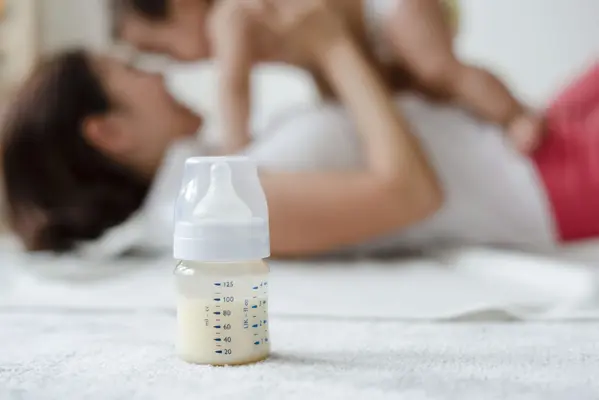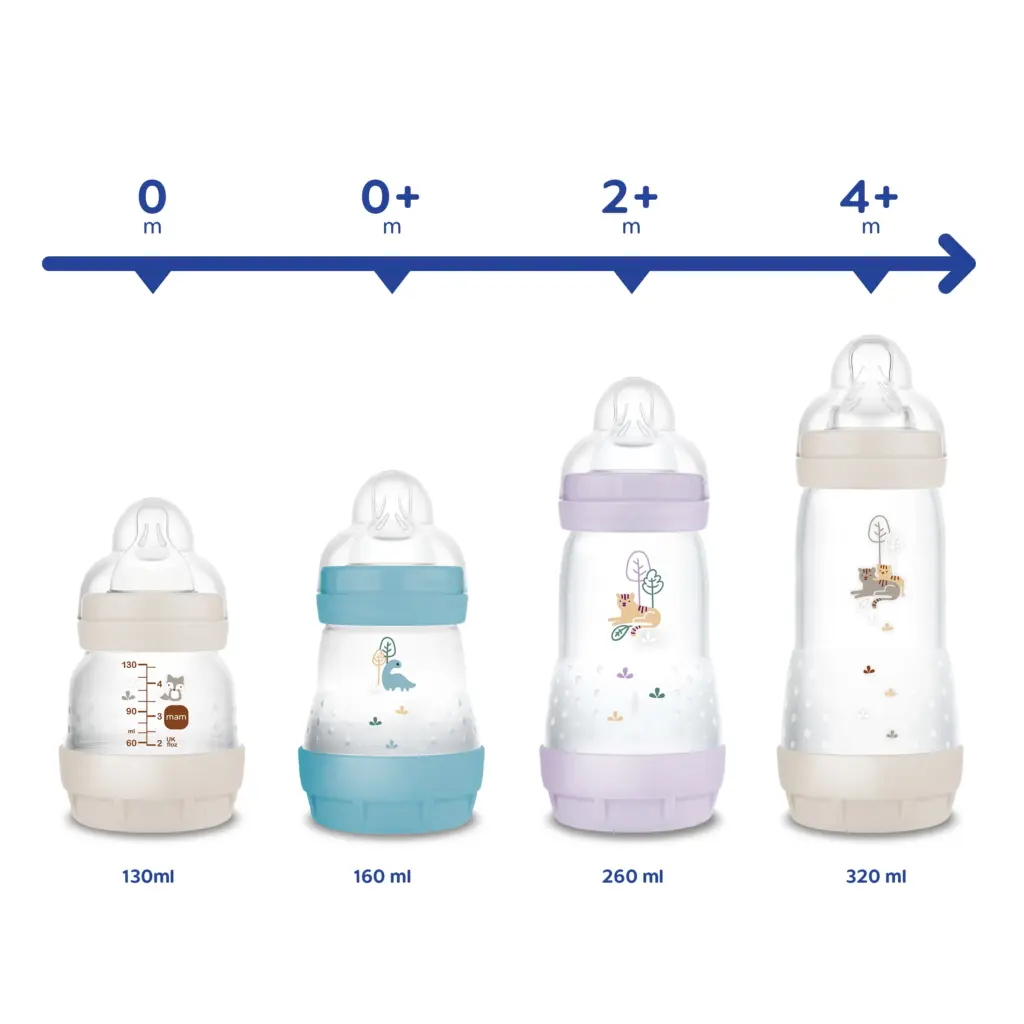Breastfeeding & Baby Feeding
Why Anti-Colic Bottles Can Help Your Baby Feed Better

Caring for a fussy baby can be exhausting, especially if colic is involved. Colic affects one in four newborns. If you bottle-feed with formula or breast milk, consider using an anti-colic baby bottle. These bottles are specially designed to reduce swallowed air, minimizing gas and discomfort during feeding.
Understanding Colic in Infants
Colic causes excessive crying in babies under five months old. The crying usually lasts more than three hours per day. It happens at least three days a week, for three consecutive weeks.
Common Signs of Colic
It’s important to recognize symptoms early. Look for:
- Long periods of intense crying
- Crying episodes that start and stop suddenly
- Arched back or clenched fists during crying
- Trouble sleeping or calming down
- Gassy tummy or frequent burping
These signs can appear regardless of your baby’s gender or feeding method.
Possible Causes of Colic
Experts aren’t sure why colic happens. Still, here are some likely causes:
Digestive Discomfort
Babies might swallow too much air during feeds, causing bloating or discomfort. This makes feeding time distressing for both parent and child.
Milk Sensitivities
Some infants react to formula ingredients or even proteins in breast milk.
Overfeeding or Underfeeding
Not feeding your baby the right amount—or not burping them enough—can upset their tummy and lead to crying.
Acid Reflux
Some babies experience reflux, where milk comes back up after feeding. This causes pain and fussiness.
How Anti-Colic Bottles Help
The best solution to reduce gas and discomfort is using a bottle designed to limit air intake. MAM’s Easy Start bottles are a great example.

Key Features of MAM Anti-Colic Bottles
- Vented base prevents air bubbles
- Soft silicone nipple mimics breastfeeding
- Includes a slow-flow nipple for better control
- Self-sterilizes in the microwave—great for busy parents
- Easy to clean, with no hidden spots for mold
What Experts Say
Neonatal feeding specialists and nurses agree on the value of these bottles.
Meg Cook, Neonatal Feeding Specialist, says,
“Using this type of bottle helps reduce the amount of air ingested. That helps prevent colic and gas.”
Sarah Freeman, nurse and mom of three, says,
“I truly prefer MAM bottles for my baby. They’re fast, simple, and so easy to clean.”
Sarah Peck, lactation consultant, recommends these bottles for babies who resist switching from breast to bottle.
Benefits of Using Anti-Colic Bottles
With the right bottle, you can help your baby feed more comfortably. This makes meal times easier and reduces your stress.
Benefits include:
- Less air intake during feeding
- Fewer burps and spit-ups
- Easier transition between breast and bottle
- More restful sleep for baby and parents
Final Thoughts
Caring for a baby with colic is tough. But choosing the right tools—like an anti-colic baby bottle—can make a big difference. These bottles ease tummy troubles and promote happier feeds. You’ll both feel better as a result.
Explore more parenting tips and baby care insights on our website today!










